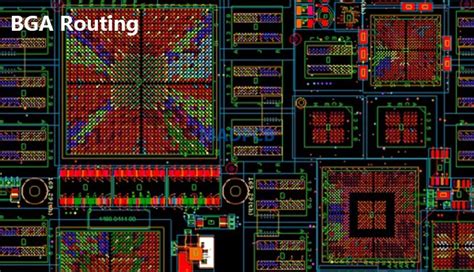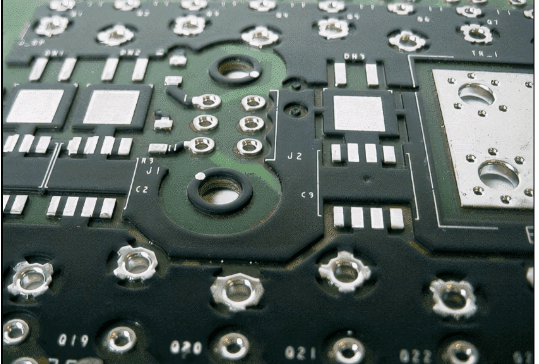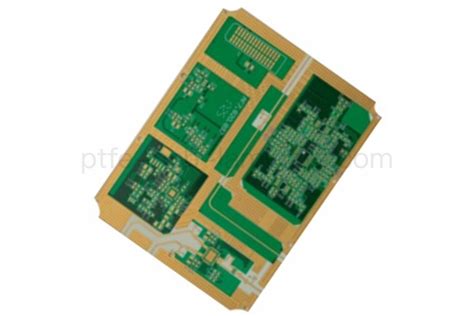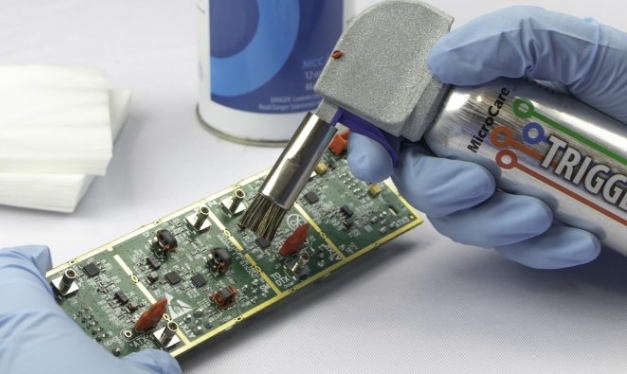Mastering Complex PCB Assembly for Enhanced Electronic Solutions

Key Takeaways
In the realm of PCB assembly (or PCBA), understanding the intricacies can significantly impact the efficiency and outcomes of electronic solutions. One of the first principles to grasp is that the assembly process is not merely a series of steps but a comprehensive system that encompasses design, material selection, and production methodologies. The challenges faced in complex PCBA involve managing intricate designs, diverse materials, and ensuring compatibility among various components. Streamlining this process can lead to noticeable enhancements in production time and cost-effectiveness. By adopting best practices, such as thorough pre-assembly validation and robust testing protocols, manufacturers can elevate their electronic solutions to meet evolving demands. The use of advanced materials not only contributes to improving performance but also helps in maintaining quality standards throughout the production cycle. Furthermore, implementing stringent quality control measures is essential for identifying potential issues early in the process, thereby reducing the risk of failure in final products. As technology continues to advance, recognizing future trends in PCB assembly will be vital for staying competitive and innovative in a rapidly changing marketplace.
Understanding the Basics of PCB Assembly
PCB assembly is a crucial process in the electronics manufacturing industry, involving multiple steps to ensure that electronic components are properly soldered onto a printed circuit board (PCB). The complexity of this process increases significantly when dealing with multiple layers and fine pitch components, often referred to as complex PCB assembly. A well-executed pcba can lead to enhanced performance and reliability of electronic devices.
The primary steps in PCB assembly include designing the layout, creating the board, placing components, soldering, testing, and final inspection. Understanding these fundamentals is essential for tackling the intricacies that arise with complex assemblies. For instance, during the design phase, engineers must carefully choose placement to optimize space and reduce noise. In the assembly phase, advanced techniques such as surface mount technology (SMT) play a vital role.
To streamline these processes and improve overall efficiency, it is essential to incorporate advanced tools and technologies. Automated machines can help in placing tiny components precisely on the boards while minimizing human error. Additionally, utilizing modern soldering techniques can further enhance connectivity and performance.
In summarizing these basics of pcb assembly, exploring intricate details facilitates not only understanding but also prepares one for addressing potential challenges that may arise in later stages of development or production. By mastering these foundational skills, individuals and organizations can set themselves up for success in delivering high-quality electronic solutions that meet industry standards effectively.
| Step | Description |
|---|---|
| Design Layout | Creating a schematic that outlines component placement |
| Component Placement | Accurately positioning components on the PCB |
| Soldering | Attach components using soldering techniques |
| Testing | Ensure functionality through electronic testing |
| Final Inspection | Validate quality control before shipment |
By grasping these essentials early on in your understanding of complex PCB assembly, you will be better equipped to navigate more advanced topics throughout your journey in electronics manufacturing.

Key Challenges in Complex PCB Assembly
Navigating the landscape of pcb assembly presents several significant challenges that engineers and manufacturers must confront to ensure success. One of the foremost concerns is design complexity. As circuit boards become increasingly intricate, the risk of errors during the pcba process also escalates. For instance, tightly packed components may lead to issues such as heat dissipation problems or signal integrity challenges. Moreover, managing supply chain disruptions can complicate the availability of essential components, delaying assembly and impacting project timelines.
Another critical factor is ensuring quality control amidst the complexity. With numerous layers of components and varying materials, maintaining consistency throughout the manufacturing process is vital. Implementing robust inspection methods and employing advanced automated inspection systems can significantly mitigate these risks.
“Investing in skilled personnel who are well-versed in pcb assembly techniques is crucial for overcoming these challenges.”
Moreover, adapting to rapid technological advancements is essential. As new materials and techniques arise, staying updated can pose a challenge but also an opportunity for innovation in pcba practices.
Finally, addressing these challenges not only improves production efficiency but also enhances the overall performance of electronic solutions, making it imperative for manufacturers to adopt a proactive approach toward complexity in PCB assembly.
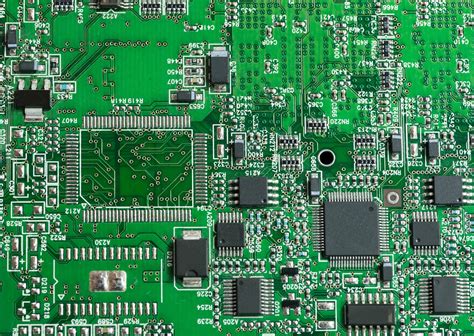
Techniques for Streamlining the Assembly Process
Streamlining the PCB assembly process is essential for enhancing efficiency and ensuring that electronic devices perform optimally. One effective technique involves implementing automated assembly systems, which reduce human error and increase speed. Integrating machines such as pick-and-place robots can significantly enhance the accuracy of component placement, crucial for complex designs. Additionally, adopting a modular design approach allows for easier assembly and maintenance, as individual sections of the PCBA can be tested and adjusted without impacting the entire unit. It’s also important to utilize advanced soldering techniques, such as selective soldering and reflow soldering, which can improve joint reliability and reduce thermal stress on components. Moreover, maintaining a well-organized workspace with clear labeling of parts and tools not only enhances productivity but also minimizes assembly errors. Lastly, continuous training for personnel involved in the PCB assembly process helps in keeping them updated on best practices and new technologies, thereby fostering a culture of quality and efficiency in complex PCB projects.
Best Practices for Enhancing Electronic Solutions
When it comes to complex PCB assembly (PCBA), understanding and implementing best practices is crucial for achieving superior electronic solutions. First and foremost, one should prioritize design optimization, ensuring that the circuit layout is not only efficient but also minimizes the risk of errors during the assembly process. Utilizing advanced simulation tools can aid in identifying potential issues before actual assembly begins, thereby streamlining production and avoiding costly rework later on.
Alongside design improvements, integrating modular assembly methods can significantly enhance flexibility and scalability in your production line. This approach not only simplifies the process but also allows for easier upgrades and maintenance of the PCB (printed circuit board) designs over time. Employing high-quality materials is equally important; making informed choices about components can drastically impact both durability and performance.
Moreover, it’s essential to implement robust manufacturing processes that incorporate rigorous quality control measures at every stage of production. Consistency in testing and inspection will not only reduce defects but also foster greater confidence in the end product’s reliability. Overall, by focusing on these key areas—design optimization, modular assembly, quality control, and material selection—companies can master the complexities of PCB assembly, ultimately leading to enhanced electronic solutions that meet today’s demanding technological landscape.
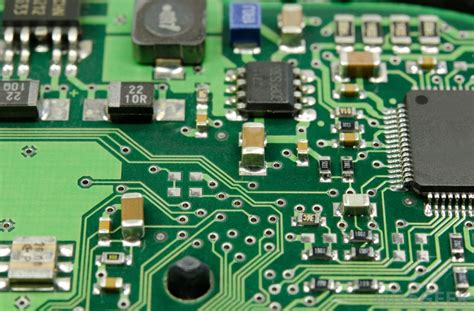
Advanced Materials and Tools for Superior Performance
In the realm of pcb assembly, the choice of materials and tools plays a critical role in determining the overall performance and reliability of the final product. Modern PCBA processes increasingly incorporate advanced materials such as high-frequency laminates, flexible substrates, and low-loss dielectrics. These materials not only enhance electrical performance but also address challenges like thermal management and signal integrity, which are crucial in today’s complex electronic systems. Utilizing advanced soldering techniques and automated assembly tools can significantly reduce defects during the pcb assembly process, ensuring a more efficient production cycle. Tools such as precision soldering machines, pick-and-place systems, and laser-cutting devices allow for high accuracy in component placement and soldering, minimizing the risks associated with manual handling. The integration of machine learning algorithms into the assembly line further optimizes these processes by predicting issues before they arise, thereby improving throughput and quality control. By embracing these cutting-edge materials and tools, engineers can empower their designs to meet increasingly stringent performance requirements while maintaining cost-effectiveness in production. Investing in these technological advancements enables a progressive approach to developing superior electronic solutions that stand out in competitive markets.
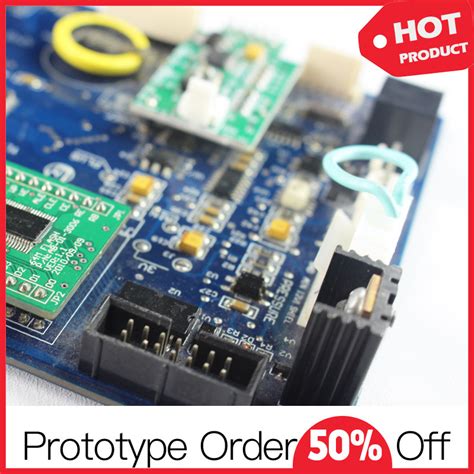
Quality Control Measures in Complex PCB Assembly
Quality control is a critical aspect of complex PCB assembly (PCBA), ensuring that each board meets the stringent performance and reliability standards required in today’s electronic solutions. To achieve this, implementing robust quality control measures at various stages of the assembly process is essential. One effective strategy is conducting regular inspections at key points, including before, during, and after the assembly process. These inspections can help identify potential issues early, thus preventing costly rework or failures down the line. Utilizing advanced testing methods such as Automated Optical Inspection (AOI) and X-ray inspection further enhances quality assurance. These technologies enable teams to detect defects like solder joint issues or component misalignment with high precision. Additionally, a well-defined quality management system (QMS) should be established to document processes and ensure compliance with industry standards such as IPC-610 and IPC-A-600. This systematic approach not only improves efficiency but also fosters a culture of continuous improvement within the organization. Emphasizing training for staff involved in the PCBA process enhances their understanding of quality expectations and the importance of each component’s role in achieving superior performance. Overall, integrating these quality control measures into complex PCB assembly processes is fundamental to delivering high-quality electronic solutions that stand out in a competitive market.
Future Trends in PCB Assembly Technology
As the electronics industry continues to evolve, future trends in PCB assembly technology are becoming increasingly significant. One notable trend is the growing integration of smart technologies and automation within the pcba process. This shift is leading to enhanced efficiency and accuracy, reducing both production time and costs. Another trend gaining momentum is the adoption of flexible PCB designs, allowing manufacturers to create more compact and versatile electronic devices that can accommodate sparse spaces without sacrificing performance. Moreover, there is an increasing focus on sustainability within the industry, prompting companies to adopt eco-friendly materials and practices in their pcb assembly processes. Advances in materials science are also paving the way for new advanced materials that improve durability and performance while remaining lightweight. The implementation of artificial intelligence (AI) for real-time monitoring and defect detection is another exciting development, enabling manufacturers to maintain high quality control measures throughout production. By staying informed of these trends, companies can position themselves at the forefront of innovation, ultimately leading to enhanced electronic solutions that address contemporary market demands effectively.
Case Studies: Success Stories in Complex PCB Projects
Examining successful projects can provide invaluable insights into the pcb assembly landscape, particularly in tackling the challenges of complex PCB assembly. Companies across various sectors have leveraged advanced techniques to achieve exceptional results in their designs. For instance, one prominent case involved a medical device manufacturer that faced issues with signal integrity due to intricate layouts. By adopting a design-for-manufacturability (DFM) approach, they enhanced their pcba process, enabling them to streamline production while maintaining compliance with stringent regulatory standards. As a result, they reported a significant reduction in production time and costs while improving end-user satisfaction through enhanced product reliability.
Another compelling example can be found in the automotive industry, where an electric vehicle producer integrated innovative materials into its pcb assembly processes. By utilizing flexible PCBs with superior thermal management capabilities, they not only optimized performance but also reduced weight—a crucial factor in maximizing energy efficiency. This integration of advanced materials not only facilitated breakthroughs in capability but also showcased how adapting to technological trends can lead to market leadership.
These success stories underscore the importance of continuous improvement and the adoption of modern techniques within complex PCB assembly endeavors. As industries evolve and demand for more sophisticated electronic solutions grows, such case studies serve as inspirations for other organizations looking to enhance their operational efficiency and product quality through effective pcba strategies.
Conclusion
In summary, mastering complex PCB assembly is crucial for the advancement of electronic solutions. As technology evolves, the demand for intricate and multi-layered printed circuit boards (PCBs) increases, presenting both opportunities and challenges to engineers and manufacturers. Understanding the fundamentals of PCB assembly is essential, as it lays the groundwork for addressing key challenges in the production process. By implementing effective techniques tailored to streamline the assembly process, organizations can achieve significant improvements in efficiency and cost-effectiveness. Adopting best practices not only enhances the performance of electronic solutions but also fosters innovation in design. Moreover, incorporating advanced materials and tools can lead to superior results in product development. Quality control measures play a vital role in ensuring that each component of a PCBA meets high standards, which ultimately contributes to greater reliability and customer satisfaction. Lastly, being aware of future trends will equip teams with knowledge that can drive forward-looking strategies in PCB assembly, securing a competitive edge in an ever-evolving market landscape.
FAQs
What is PCB assembly?
PCB assembly, often referred to as PCBA, is the process of connecting electronic components to a printed circuit board (PCB) to create functional electronic devices. This process involves various techniques and methods that ensure the final product meets performance standards.
What are the common challenges faced in complex PCB assembly?
Complex pcb assembly projects can encounter numerous challenges, such as design intricacies, component placement errors, and ensuring compatibility between different materials. These issues can slow down production and affect the performance of the final product.
How can I streamline the PCB assembly process?
To streamline pcba, consider implementing advanced technologies like automated assembly machines, optimizing the layout for component placement, and adopting just-in-time manufacturing practices. This approach not only enhances efficiency but also reduces waste.
What are some best practices for enhancing electronic solutions through PCB assembly?
Leveraging best practices like thorough prototype testing, using high-quality components, and ensuring clear communication between design and manufacturing teams can significantly improve pcb assembly outcomes. Consistent reviews during each stage of production are also key to achieving superior results.
What advanced materials are used in complex PCB assembly?
Advanced materials such as low-loss dielectric substrates, high-temperature laminates, and specialized soldering compounds are commonly used to enhance performance during pcba, ensuring reliability and longevity in electronic devices.
For more information on PCB Assembly, please click here: Andwin PCB Assembly

